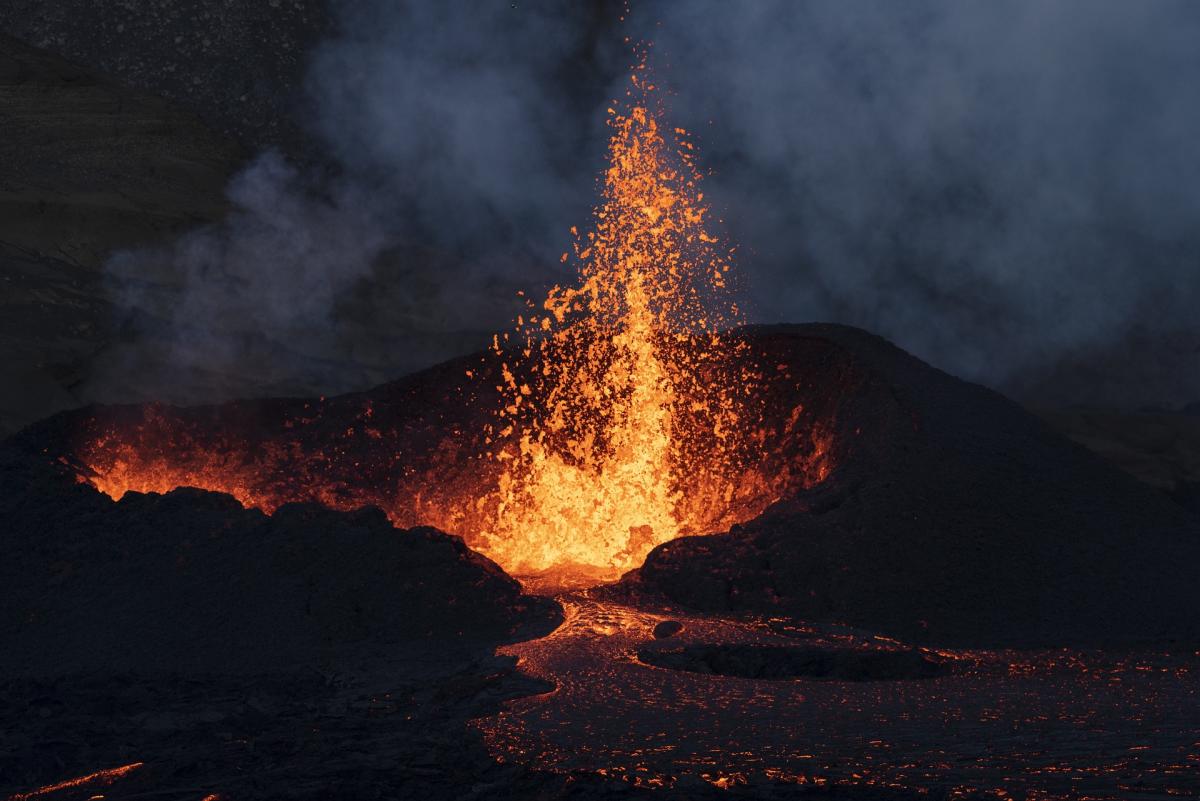
Students will go through the engineering design process to come up with a product that will solve a real life problem. By the end of the unit, students will design their product, make their product

Students will go through the engineering design process to come up with a product that will solve a real life problem. By the end of the unit, students will design their product, make their product

This engaging lesson has students create a dynamic poem, using at least 3 particular Literary Elements, that describes the form and function of a particular Anatomy & Physiology term. The students

What lives underground? Kinder- 2nd grade students will dig into the life found underground in this 3-part series. In this lesson, students will dig underground to extract soil, investigate/evaluate

This project sets students up to explore animal anatomy and physiology with the idea of replacing a lost appendage (beak, leg, tail, fin, etc.) This is used in small groups of 2 or 3 over the course

Students will understand the concept of Scoville units, learn about the scale's origin, and explore the factors contributing to the heat of peppers. They will also engage in hands-on activities to

A Makerspace experience for the Holidays! (Part 2) Students are invited to launch their very own startup business just in time for the holidays! In your Makerspace group, invite students to brand

A Makerspace experience for the Holidays! Students are invited to launch their very own startup business just in time for the holidays! In your Makerspace group, invite students to brand, create a

In this lesson, students are introduced to the use of synthetic pigments (biomimicry) in things they use everyday to make art. Students use solvents to separate colors and study chromatography in

Students will collaborate to design a school map to include living and nonliving 3-dimensional objects. Students will use a Cubetto or Sphero device to navigate through a student created map